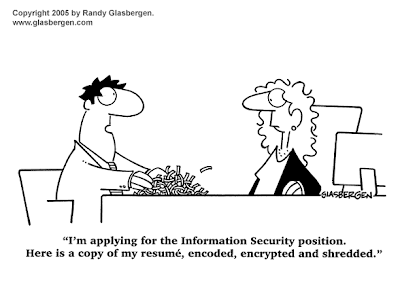Changes in organizations can happen naturally (such as growth in a new business), or they can be planned to improve productivity/effectiveness. However, if planned change is not communicated effectively to all members of an organization, it can have unexpected changes which can, at times, lead to problems.
Furthermore, people react differently to change. This can largely depend on the schema they have about the workings of an organization and how change should happen. A schema is “an organized network of already-accumulated knowledge” (Kring, Johnson, Davison & Neale 2010, p. 46). For example, when a person sees a line-up, their schema of line-ups tells them to stand at the back of the line.
Common problems in change processes include poor management support, forced change from the top, inconsistency, unrealistic expectations, lack of participation, poor communication, and ambiguity in purposes and roles (Miller 2009).
For change to be successful, communication is vital. Different ways change is communicated from management are shown in the below chart.
However, there is also unplanned change which can result from natural disasters to human error. This forced, unexpected and sudden change can often lead to crises. As stated by Wang (2008), many organizations are unprepared for crisis situations and need human resource development to help members within organizations prepare for them.
During times of change, it is important to have a leader who communicates well and leaves little or no confusion as to purposes, roles, and the changes themselves. Apart from the necessary skill of communication, people have different ideas as to what makes an effective leader. This was demonstrated during the tutorial (week 12) in which a list of 43 values relating to leadership was provided to us, and we had to choose five that we believed most important. Together the class chose 21 values.
In the complex world of organizations, it seems that it will always be impossible to please everybody. However, in times of change (specifically), it is necessary to have a skilled leader in communication.
References
Kring, A, Johnson, S, Davison, G & Neale, J 2010, Abnormal Psychology, 11th ed. John Wiley & Sons, Hoboken.
Miller, K 2009, Organizational communication: approaches and processes, 6th ed, Wadsworth, Cengage Learning, Boston, MA.
Wang, J 2008, 'Developing organizational learning capacity in crisis management', Advances in developing human resources, vol. 10, no. 3, p 425-445.






